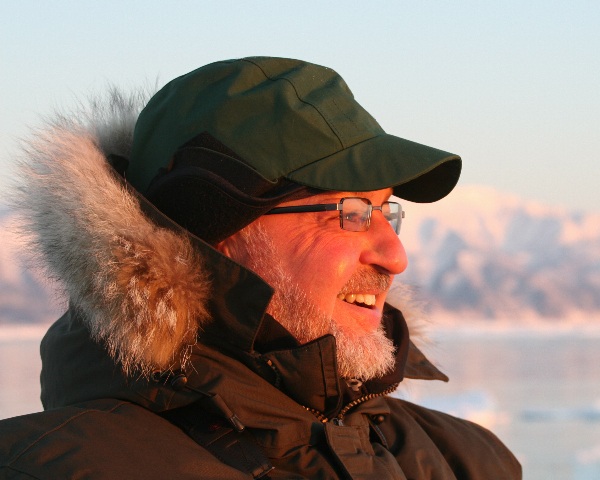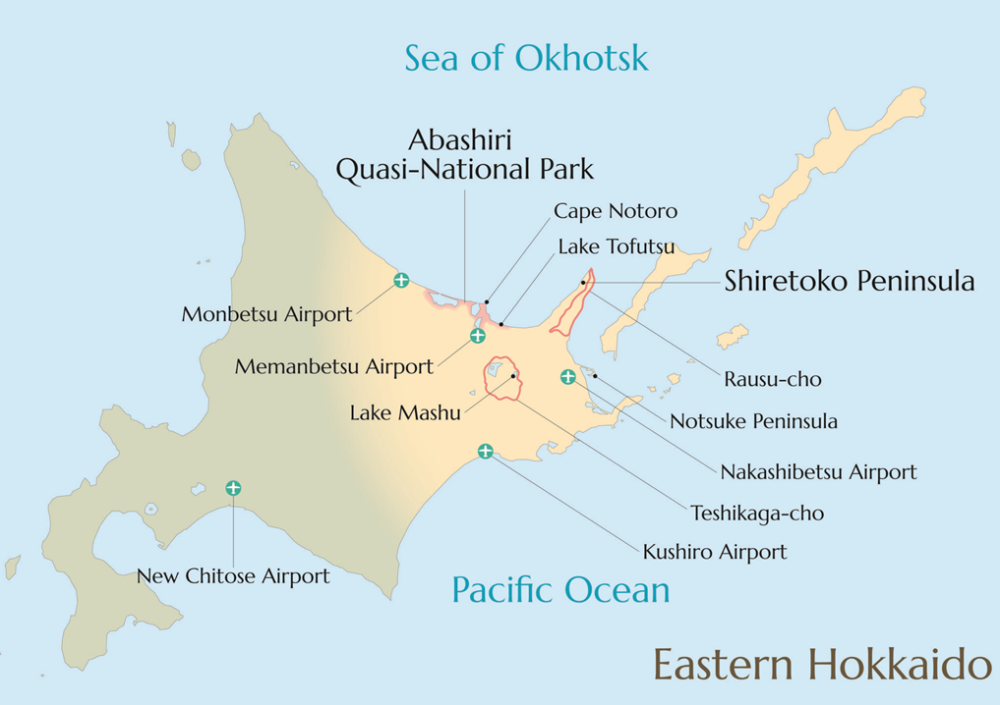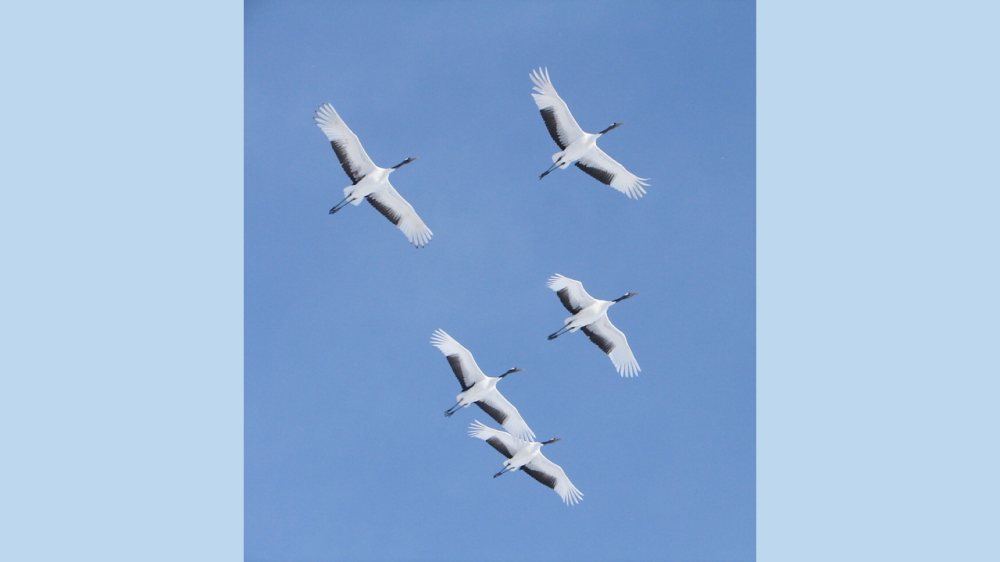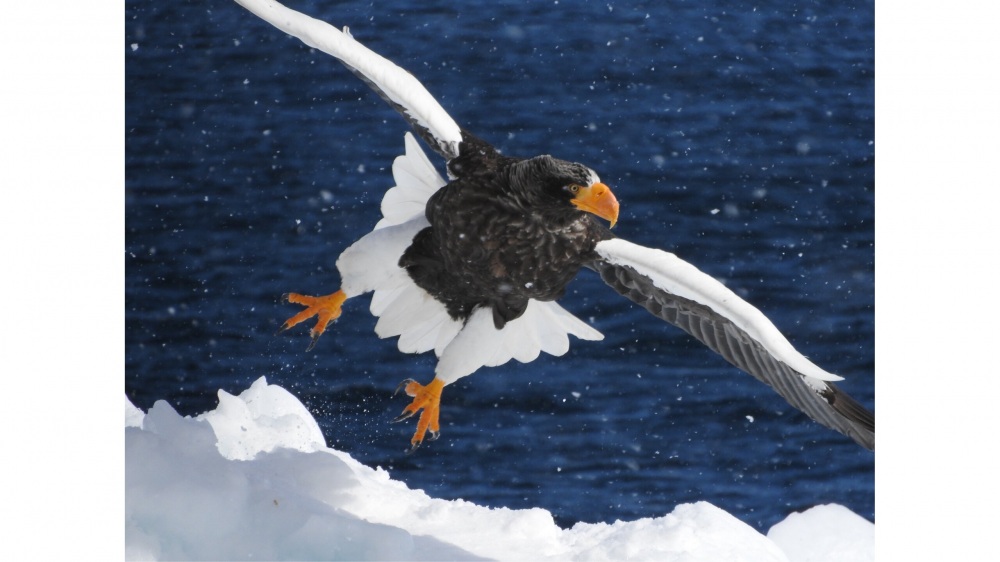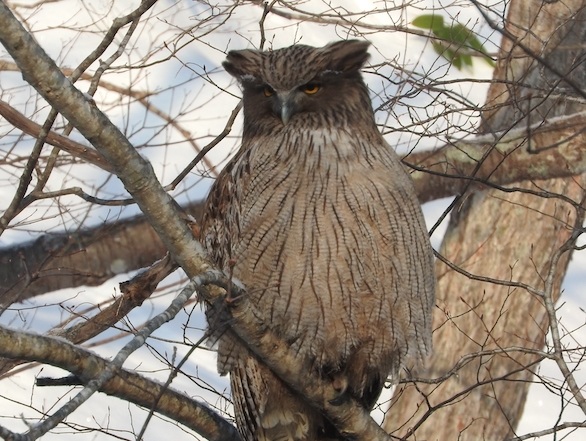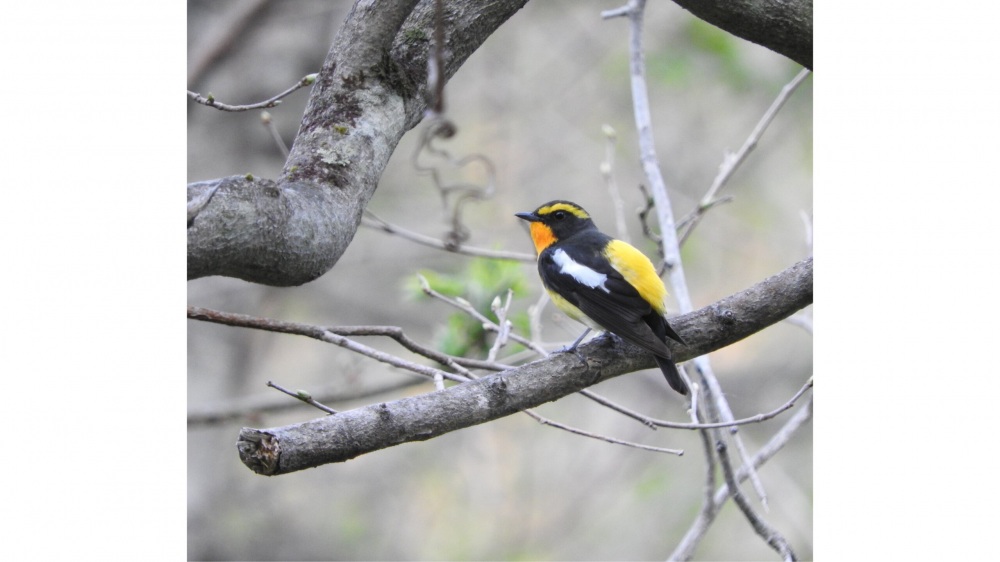Journey to Discover an Abundance of Beautiful, Wild Birds in the Varied Landscapes and Habitats of Eastern Hokkaido
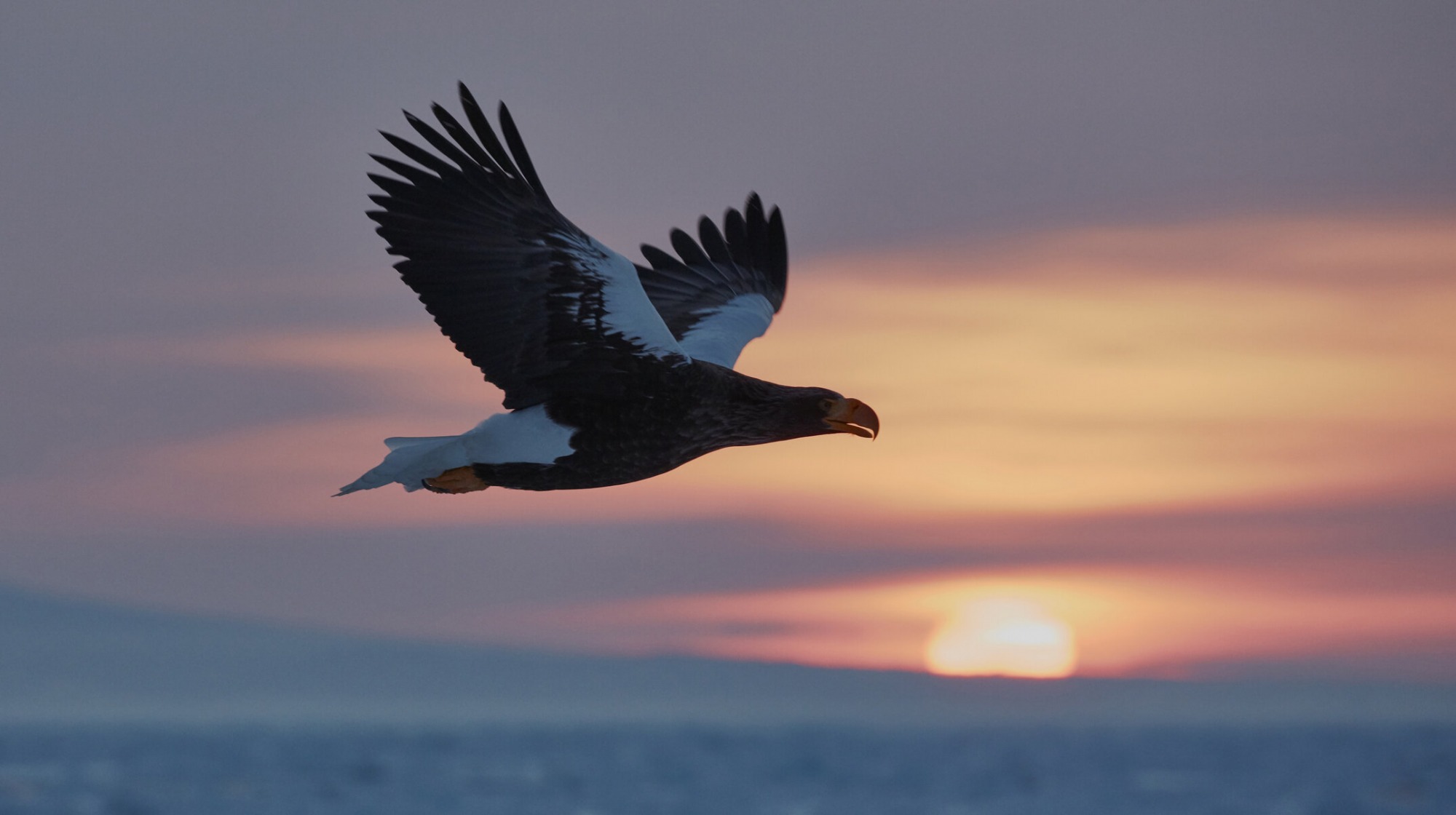
There’s no better place for birdwatching than Hokkaido. As many as half of the bird species in Japan can be found in Hokkaido alone, including the iconic red-crowned crane and rare species such as the Steller’s sea eagle, white-tailed eagle, Blakiston’s fish owl, and tufted puffin.
Dr. Mark Brazil, an ornithologist, discusses the joys of bird watching in Eastern Hokkaido and gives hints on some of the more off-the-beaten-track locations where truly unique wildlife encounters can be found.
- * Please note that the text shown on this page includes machine translations.
Profile
Ornithologist, conservationist, journalist
Mark Brazil Ph.D.
Ornithologist, conservationist, journalist, and a leading authority on the natural history of Japan. Dr. Mark Brazil has written many field guides and natural history books that focus on the birds of Japan, and is the founder of Japan Nature Guides. Since 1983 he has been offering nature-based tours of Japan. His latest works, Japan: The Natural History of an Asian Archipelago, and Wild Hokkaido, are both due to be published in 2021.
Eastern Hokkaido has unique geographical conditions
Hokkaido is known for its abundant nature, but East Hokkaido especially, which can be accessed from Monbetsu Airport, Memanbetsu Airport, Nakashibetsu Airport, or Kushiro Airport, boasts diverse stunning scenery with a wide variety of landscapes. Dr. Mark Brazil, who has been studying Hokkaido birdlife for many years, is fascinated by the biodiversity of Eastern Hokkaido, and moved to the area. “Anywhere on the coastline, from Abashiri to Kushiro, is really fascinating for bird watchers,” he says. From Cape Notoro in Abashiri, with its high cliffs, to the Shiretoko Peninsula, with its volcanic, mountainous, and rugged terrain, and the Notsuke Peninsula, with its sand spit, created by currents pushing silt down the coast—each area has its own distinctive geographical features, and each is home to its own variety of species.
Bird watching spots
Exemplary of the diverse habitats found in East Hokkaido, Lake Tofutsu—a shallow coastal lagoon in the Abashiri Quasi-National Park, which, in summer, is surrounded by wildflowers and wild roses—is a migratory stopover place for thousands of swans, geese, ducks, and grebes. Equally worth visiting is the Notsuke Peninsula, which has a unique ecosystem that makes it a great environment for spotting Japan’s iconic red-crowned crane, the emblematic bird of Japan.
Steller's sea eagle, endangered species
Perhaps the most exciting spectacle that awaits you in East Hokkaido is the one that can be found on the Shiretoko Peninsula, a World Natural Heritage Site. From here, boat trips operated from Rausu-cho to view the winter season’s famous drift ice can be combined with once-in-a-lifetime wildlife encounters. It is in this part of Japan that lucky visitors may come across Steller’s sea eagle—an endangered species—which is the largest, and in Dr. Brazil’s opinion, “the most dramatic eagle in the world.” Steller’s sea eagle is only found in East Asia and Northeast Asia, making sightings of this bird an essential goal for any bird enthusiast visiting this part of the globe.
Another good spot Dr. Brazil recommends for viewing Steller’s sea eagle is Lake Mashu, in Teshikaga-cho, about two hours’ drive from Rausu-cho on the Shiretoko Peninsula. “On the Mashu crater rim, you can look down on eagles soaring over the lake. So for me that’s a special combination, where you’ve got a fantastic bird, and fantastic scenery at the same place. It’s a wonderful feeling, a wonderful sensation.”
The world's largest fish owl
As a notable bird of East Hokkaido, Dr. Brazil also discusses Blakiston’s fish owl—like Steller’s sea eagle, also an endangered species. “That’s a bird that’s so rare and special. It’s arguably the largest owl in the world, and that for me makes it very exciting when I encounter one”, says Dr. Brazil. “If you want to look for these birds, the best time is within a couple of hours of dusk. They’ve been roosting all day, getting hungry, so they’re ready to forage and hunt.”
If you happen to be an early bird, Dr. Brazil recommends that you join the “concert at dawn.” “Soon after dawn, especially in the summer when birds are competing for territory and mates, they’re singing their morning chorus, which is particularly beautiful. Although it’s a great pleasure when you can recognize and pick out the different voices, if you can just hear the chorus and enjoy listening to it, it’s worthwhile getting up early just for that.”
Bring binoculars and a field guide
New species can appear every day in the great wilderness of Hokkaido. To demonstrate this fact, Dr. Brazil tells us about the discovery he made on the day of the interview; “There are many hot-spring baths in Hokkaido, so I even have a list of birds I’ve spotted while enjoying an outdoor bath. This morning, I was able to add the Japanese waxwing to this list. It was worth hopping out of the bath—in temperatures of minus four degrees Celsius no less—to grab my binoculars and confirm my suspicion,” laughs Dr. Brazil. Whether you are a brand-new beginner to the world of bird watching, or a seasoned professional, there is no end to the variety of birds you can discover in the stunning landscape of East Hokkaido. Why not grab your binoculars and field guide and make a visit to this beautiful corner of the world?
Ranking of popular articles
- Hokkaido Summer Travel Guide
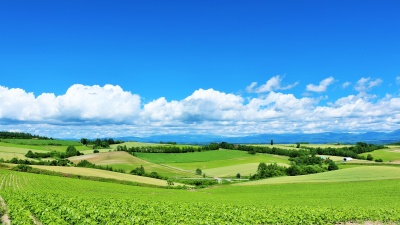
- https://www.visit-hokkaido.jp/en/feature/travelguide_summer
- Hokkaido Spring Travel Guide
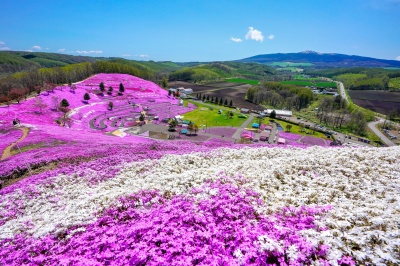
- https://www.visit-hokkaido.jp/en/feature/travelguide_spring
- Here are the recommended cherry blossom viewing spots!
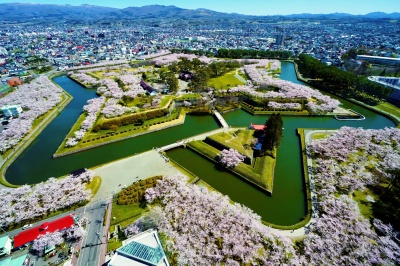
- https://www.visit-hokkaido.jp/en/feature/sakura
- 4 spots to observe red-crowned cranes
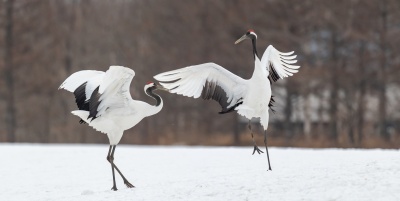
- https://www.visit-hokkaido.jp/en/feature/tancho
- When is the best time to see lavender? Recommended Lavender Spots in Hokkaido
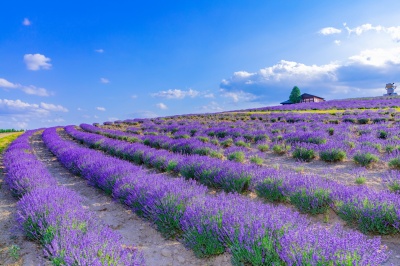
- https://www.visit-hokkaido.jp/en/feature/lavender
